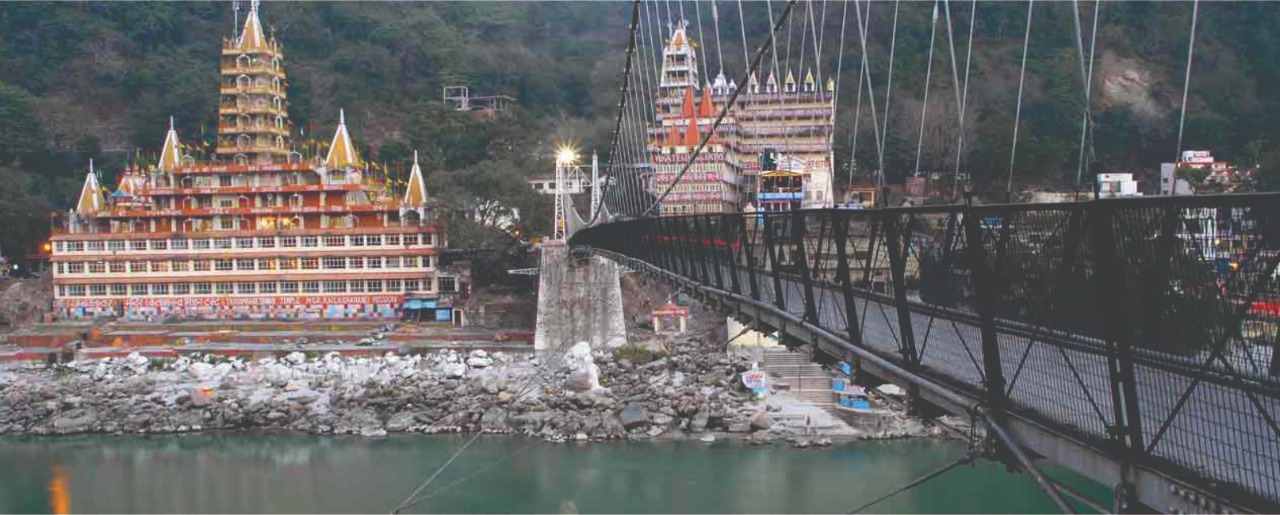Courses and Admissions
About Uttarakhand
Uttarakhand(उत्तराखंड), formerly known as Uttaranchal, is a state in the northern part of India. It is often referred to as the Land of the Gods Devbhoomi Uttarakhand (Hindi: देवभूमि) due to the many holy Hindu temples and pilgrimage centers found throughout the state. Char Dham is referred to the four most holy Hindu pilgrimage of India nestled in Indian Himalayas of Uttarakhand state of India. Yamunotri, Gangotri, Sri Kedarnathji and Sri Badrinathji, collectively referred to as the Char Dham (four pilgrimage centres) of Hinduism, these four sites are the epicenter of religious activity in north India and important shine for Hindus. These have been the most important Hindu pilgrimage centers which have been visited by devout Hindus for ages. Yamunatri, the source of the Yamuna river and seat of Goddess Yamuna; Gangotri, the source of the Ganges river and seat of Goddess Ganga; Kedarnath, where a form of the Hindu God Shiva is acclaimed as one of the twelve jyotilinga this is the highest of the 12 Jyotirlingas - where Lord Shiva manifested himself in the form of light, it is the third of the four dhams and the holiest of all Hindu holy sites; and Badrinath, the seat of the Hindu God Vishnu. Experience the divinity and mysticism of these sacred shrines as we take you an a journey to'Dev Bhumi'(Abode of Gods), Uttarakhand. Traditionally, the Chardham yatra is undertaken from the west to the east. Thus, the yatra starts from Yamunotri, then proceeding to Gangotri and finally to Kedarnath and Badrinath. Moreover devotees also visit Gurudwara Sri Hemkund Sahib Ji the pilgrimage site for the Sikhs, and is one of the highest located religious sites in the country. Thus, pilgrims visit all these places in aspiration of washing away their sins and to attain salvation by the blessings of the Lord and ensuring the release from the cycle of birth and death.The honour conferred on these places is not surprising. These are regarded as the most sacred of all Himalayan ranges.It is also said that heaven and earth converge in these holy spots, and to be born or die here is a boon only the very fortunate have. The Chardham must be visited from left to right -beginning with Yamunotri, going on to Gangotri, then Kedarnath and culminating the journey at Badrinath. This route follows the Hindu tradition of parikrama.
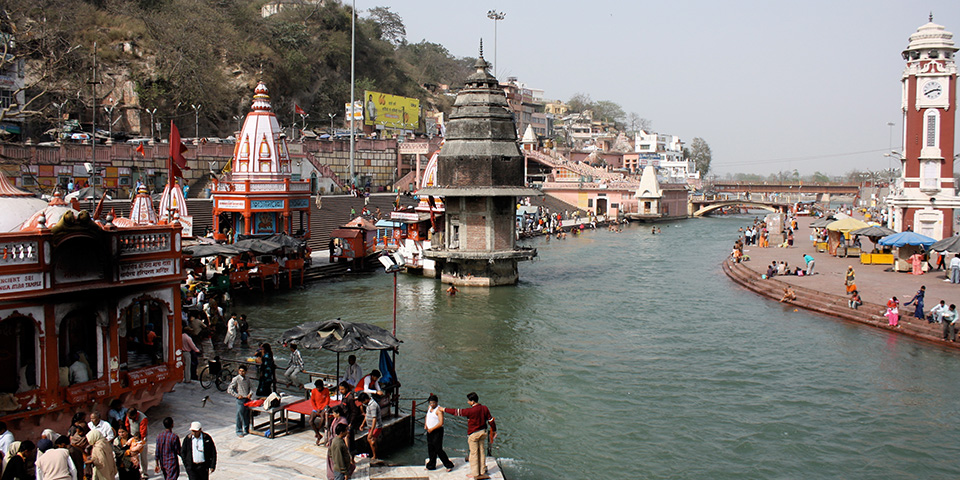
Neelkanth Mahadev Temple is a Hindu temple dedicated to Nilkanth, an aspect of Shiva. The temple is situated at a height of 1330 meters and is located about 70 km from Roorkee .Mythology states that Neelkanth Mahadev Temple has been built on that sacred point where Lord Shiva had consumed poison at that time of Samudra Manthan, which was churning of the ocean by Devtas (Gods) and Asuras (Demons). The poison was placed in his throat that turned blue to its effect, and thus Lord is also known as Neelkanth. The world Neel means blue and the word Kanth means throat. Devotees of Lord Shiva throng the temple in huge numbers, every year.
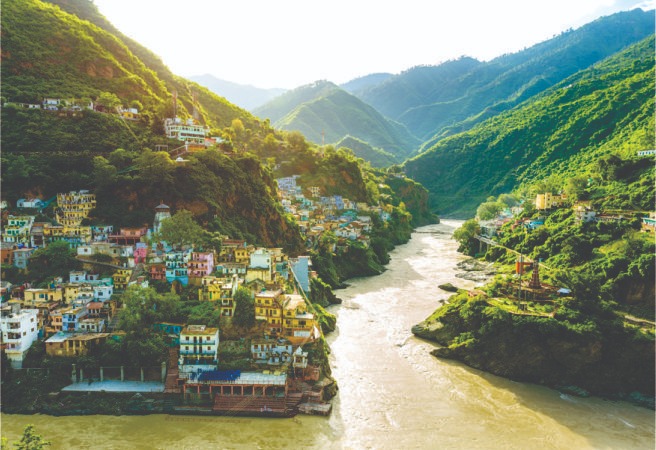
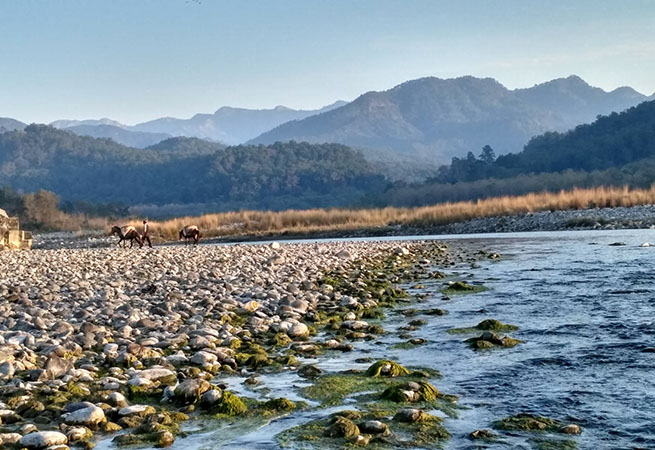
Haridwar is the the gateway to hari or Lord Vishnu Haridwar is considered as one of the seven holiest places according to Hindu mythology. The source of Ganga is at Gaumukh (the shape of the ice formation is like a cow's mouth), where the mighty river emerges from the depths of Gangotri glacier. The Gangotri glacier is situated at the height of 4255 m above sea level and is approx 24 km in length and 7-8 km in width. Here the river is known as Bhagirathi after King -Bhagirath. Rising in the icy caves of Gangotri glacier, the gushing , tossing and gurgling Bhagirathi starts its long journey downwards where later it joins river 'Alaknanda' and becomes Ganga.
RCE situated in front of a quiet, panoramic location near the historic Ganga just close to Haridwar the gate way of divine places. River Ganga floats in fronts of college which spawn positive gesture in brain by which student are gainers of creativity.
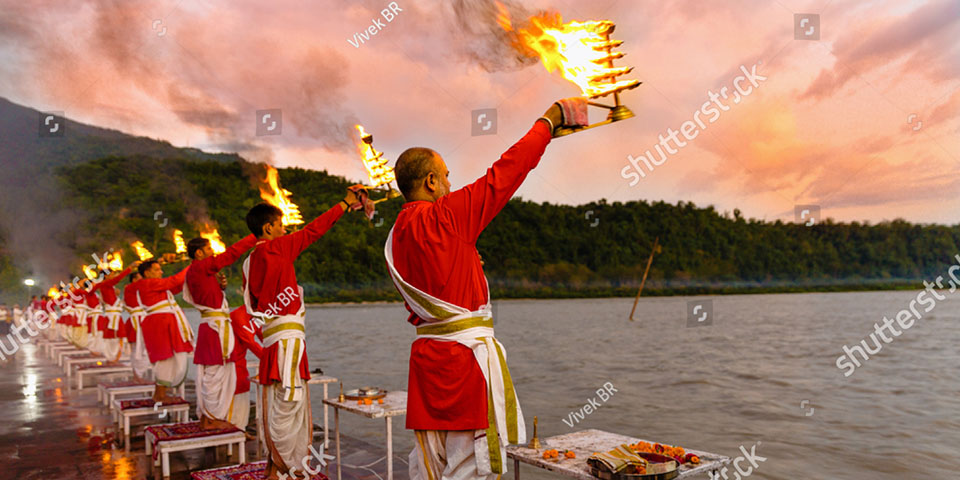
According to the legends, when the Gods left their footprints on the land of Haridwar, metaphorically they also left an indelible mark on the spiritual ethos of every Hindu - more so, the devout, who would later follow their holy paths, all across this blessed land. According to the Samudra manthan, Haridwar along with Ujjain, Nashik and Prayag (Allahabad) is one of four sites where drops of Amrit, the elixir of immortality, accidentally spilled over from pitcher while being carried by the celestial bird Garuda. This is manifested in the Kumbha Mela, which is celebrated every 12 years in Haridwar. During the Haridwar Kumbh Mela, millions of pilgrims, devotees, and tourists congregate in Haridwar to perform ritualistic bathing on the banks of the river Ganges to wash away their sins to attain Moksha. Brahma Kund, the spot where the Amrit fell, is located at Harki Pa6y7uri (literally, "footsteps of the Lord") and is considered to be the most sacred ghat of Haridwar.Haridwar, due to its geographical location stands as the gateway to the four pilgrimages of Uttrakhand. Mentioned as Mayapuri, Gangadwar, and Mokshadwar in the ancient scriptures and epics, Haridwar has always remained as a major Shaktipeeth for the devotees of such significance is Haridwar in the thought of India's traditional Hindus that it has earned its sobriquet of honor, `the gateway to the Gods'.
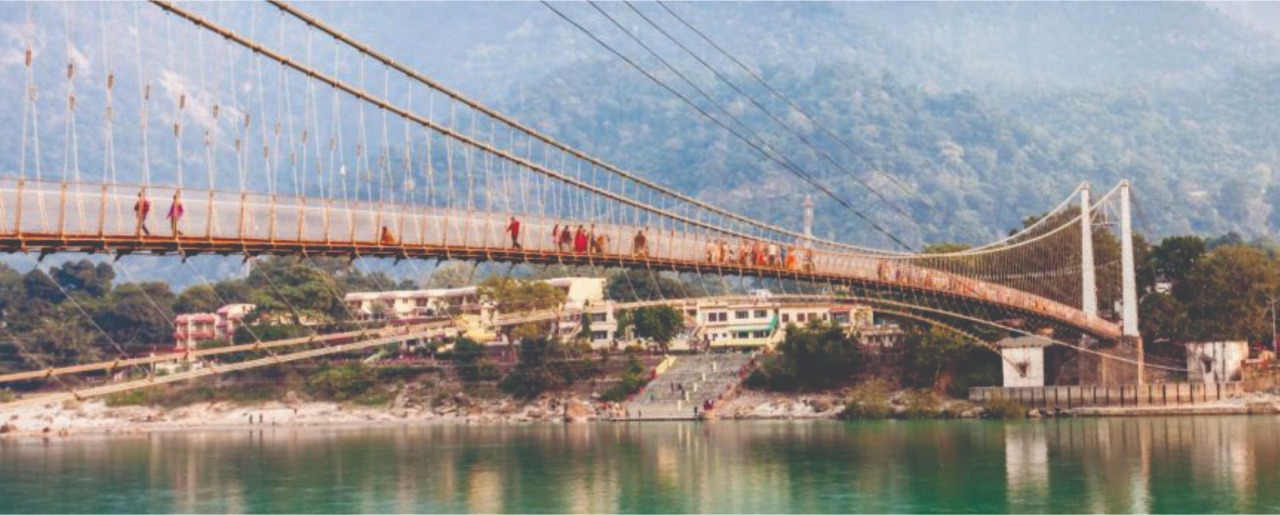
Piran Kaliyar is the dargah of 13th-century Sufi saint of Chishti Order, Alauddin Ali Ahmed Sabir Kalyari also known as Sarkar Sabir Pak and Sabir Kaliyari, situated at Kaliyar village, near Haridwar on the banks of Ganga Canal, 7 km. from Roorkee, It is one of the most revered shrine for Muslims in India and is equally revered by Hindus and Muslims. The dargah shrine built by Ibrahim Lodhi, an Afghan ruler of Delhi.Piran Kaliyar is the symbol of unity among Hindu & Muslims which is visited by millions of devotees from all over the world.
